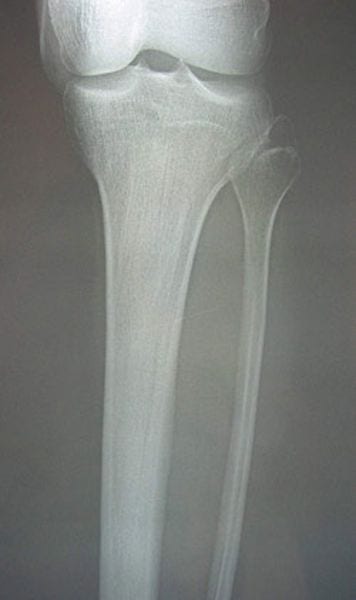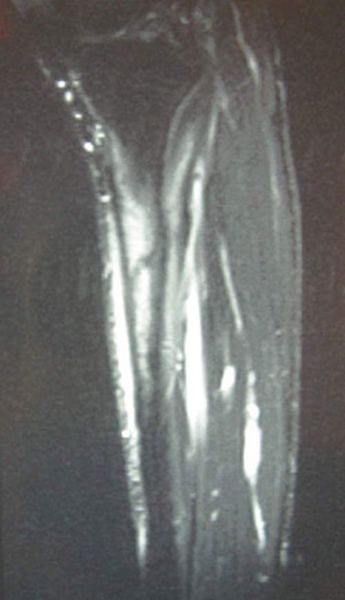
Stress Fractures
Stress fractures are also called fatigue fractures. They are a relatively common type of overexertion damage to the locomotor system but are often detected late. Stress fractures primarily occur near the lower extremities and are the result of frequent, often cyclical, exertion. Stress fractures are often seen in professional athletes, as well as soldiers after particularly long marches and are therefore sometimes known as "march fractures".

Stress fractures are often not visible on normal X-ray images for a long time. 
Magnetic resonance imaging (MRI) is required to make the quick and correct diagnosis of a stress fracture.
X-ray images must be taken for diagnosis, however, confirmation is made using magnetic resonance imaging (MRI).
Treatment consists of reliably diagnosing any possible Misalignments of the locomotor system, which could be the root cause of the excessive exertion, and the treatment thereof. Once any misaligments have been ruled out, intensive physical therapy is started, as well as a pause in training that can last up to eight weeks depending on the symptoms and the severity of the stress fracture. During the training pause, other sports and exercise options can be carried out.
For further information please also see:
Medicine Worldwide: Sports injuries
More questions?
Our experts are happy to help you
Just give us a call!




